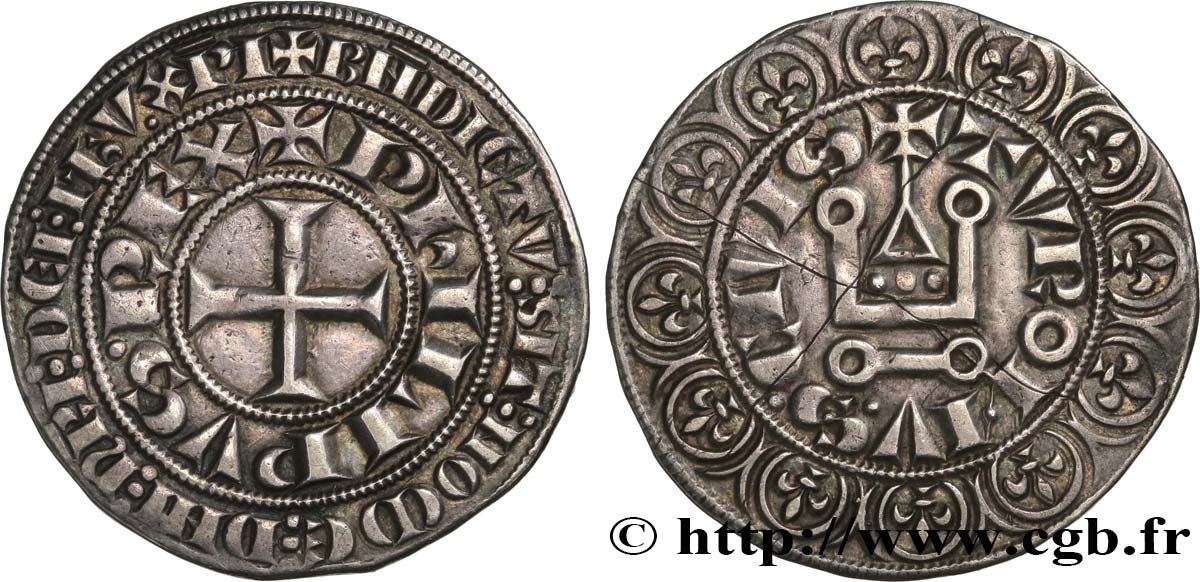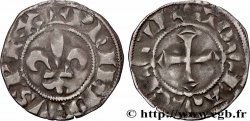Live auction - bry_555371 - PHILIP III "THE BOLD" Gros tournois n.d.
You must signin and be an approved bidder to bid, LOGIN TO BID. Accounts are subject to approval and the approval process takes place within 48 hours. Do not wait until the day a sale closes to register. Clicking on "BID" constitutes acceptance of the terms of use of cgb.fr private live auctions.
Bids must be placed in whole Euro amounts only. The sale will start closing at the time stated on the item description; any bids received at the site after the closing time will not be executed. Transmission times may vary and bids could be rejected if you wait until the last second. For further information check the Live auction FAQ
All winning bids are subject to a 18% buyer’s fee.
All winning bids are subject to a 18% buyer’s fee.
| Estimate : | 280 € |
| Price : | 180 € |
| Maximum bid : | 180 € |
| End of the sale : | 28 January 2020 15:34:38 |
| bidders : | 1 bidder |
Type : Gros tournois
Date: c. 1270-1280
Date: n.d.
Metal : silver
Millesimal fineness : 958 ‰
Diameter : 25 mm
Orientation dies : 5 h.
Weight : 4,08 g.
Rarity : R1
Coments on the condition:
Ce gros est frappé sur un flan assez large et légèrement irrégulier. Exemplaire présentant des faiblesses de frappe. Exemplaire recouvert d’une patine grise présentant des rayures au revers
Predigree :
Exemplaire provenant de la collection Denise et Gaston
Obverse
Obverse legend : + PHILIPVS. REX ; LÉGENDE EXTÉRIEURE : + BNDICTV: SIT: NOME: DNI: NRI: DEI: IHV. XPI, (PONCTUATION PAR TROIS BESANTS SUPERPOSÉS).
Obverse description : Croix.
Obverse translation : (Philippe roi ; que le nom de notre seigneur Jésus-Christ soit béni).
Reverse
Reverse legend : + TVRONV.S. CIVIS.
Reverse description : Châtel tournois sommé d'une croisette coupant la légende ; bordure extérieure de douze lis.
Reverse translation : (Cité de Tours).








 Report a mistake
Report a mistake Print the page
Print the page Share my selection
Share my selection Ask a question
Ask a question Consign / sell
Consign / sell
 Full data
Full data






